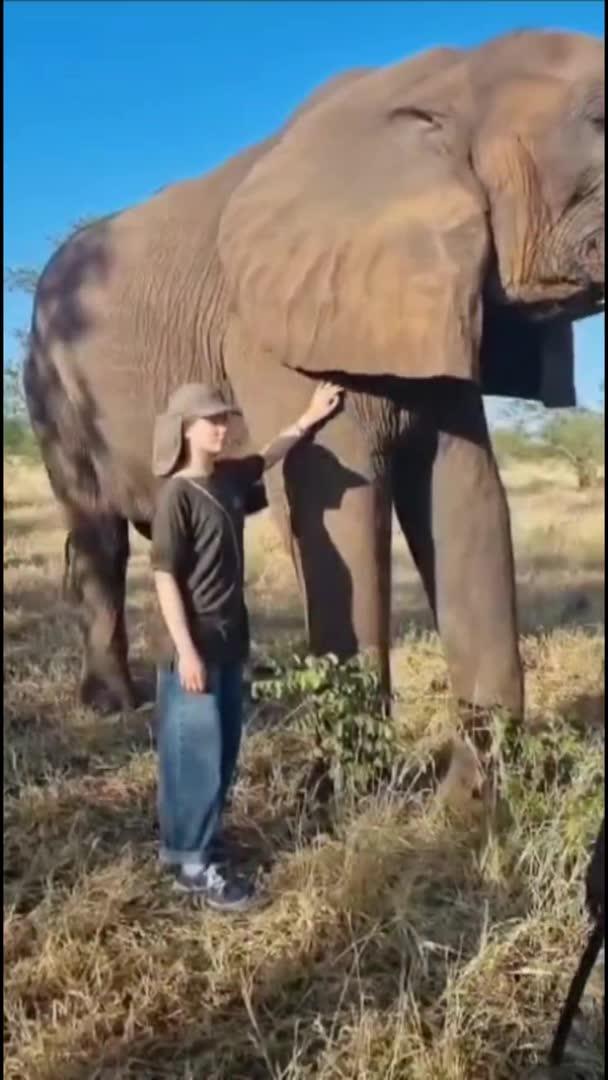
Elephants in Africa by Frank Melland. Illustrated by the great British artist Stuart Tresilian
Post: 15 July 09:27

Post: 15 July 09:27

Post: 1 July 07:03

Post: 5 December 09:30

Post: 14 July 18:25

Post: 28 August 14:55

Post: 26 February 19:54

Post: 28 August 10:42

Post: 9 October 09:20

Post: 21 November 09:29

Post: 21 February 19:00

Post: 22 July 08:58

Post: 2 September 09:17

Post: 17 July 06:54

Post: 29 August 08:14

Post: 15 May 12:12

Post: 15 December 09:27

Post: 5 November 20:11

Post: 5 December 17:50

Post: 22 November 11:15

Post: 17 October 13:15

Post: 3 November 13:15

Post: 23 July 11:56

Post: 1 September 08:29

Post: 3 July 06:48

Post: 27 August 13:21

Post: 5 December 09:24

Post: 26 August 13:53

Post: 27 August 13:20

Post: 27 August 13:01

Post: 5 September 15:01

Post: 4 September 15:34

Post: 28 June 06:40

Post: 24 July 14:40

Post: 8 September 09:37

Post: 13 July 14:19

Post: 8 September 14:47

Post: 2 September 12:11

Post: 3 September 11:35

Post: 30 July 20:37

Post: 3 July 12:05

Post: 3 July 09:43

Post: 3 September 09:10

Post: 28 August 14:22

Post: 27 August 09:05

Post: 30 July 11:04

Post: 29 July 19:21

Post: 11 April 07:52

Post: 15 April 20:57

Post: 23 December 14:18

Post: 2 September 12:06